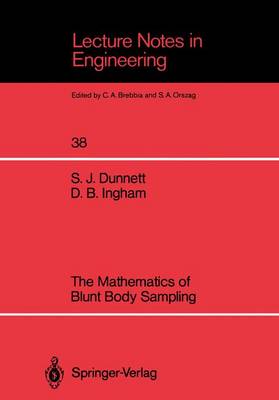Particle samplers are widely used in workplaces in order to determine the concentration of airborne particles in the atmosphere. They generally operate by drawing air, with the aid of a pump, through one or more orifices in the sampler body and housed within the sampler is a filter through which the air is subsequently drawn. The airborne particles are collected on the filter and their concentration is determined. Various samplers have been designed for this purpose including "static" samplers, which are located in a fixed position in a working environment and determine the dust concentration averaged over a prescribed period of time at that one point, and "personal" samplers which are mounted on a working person near to the breathing zone. The ORB sampler, a static sampler designed by Ogden and Birkett (1978) to have approximately the same entry efficiency, for particles with aerodynamical diameter up to at least 25~m, as a human head equally exposed to all wind directions for wind speeds between 0 and 2. 75m1s, is shown in Fig. l. l and examples of personal samplers are shown in Fig. 1. 2a, b and c and represent a single 4mm hole sampler, a seven hole sampler and a 25mm open face filter holder respectively. These three samplers are some of the most commonly used personal samplers for sampling the total airborne concentrations of workplace dusts in Britain.
- ISBN13 9783540501473
- Publish Date 24 October 1988
- Publish Status Active
- Publish Country DE
- Publisher Springer-Verlag Berlin and Heidelberg GmbH & Co. KG
- Imprint Springer-Verlag Berlin and Heidelberg GmbH & Co. K
- Format Paperback
- Pages 231
- Language English
